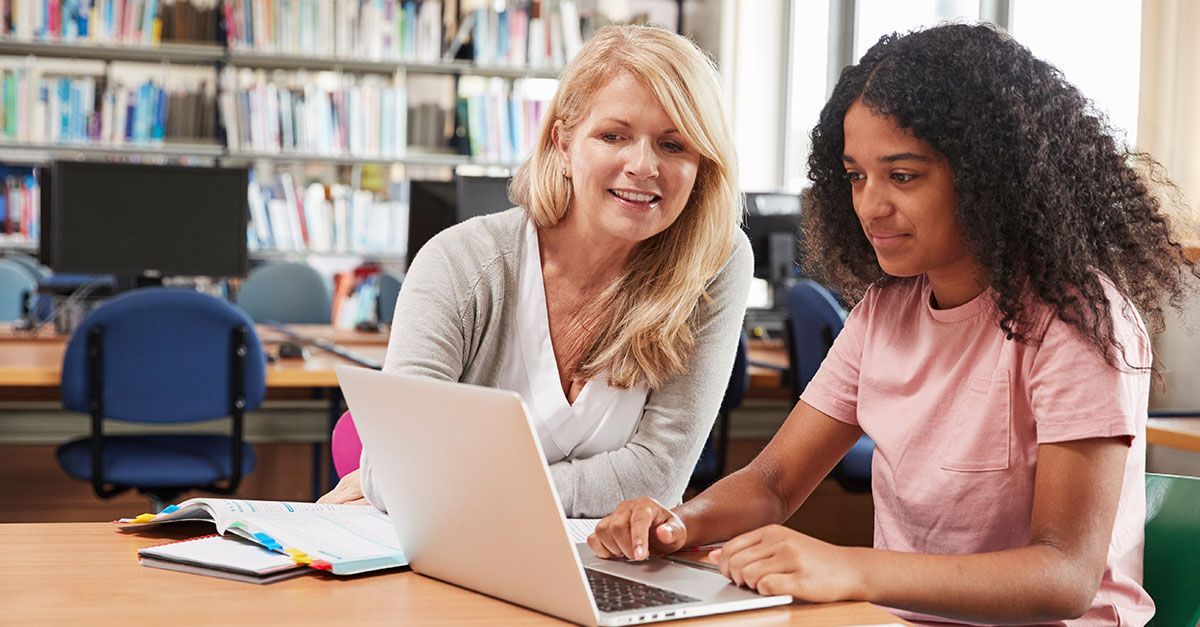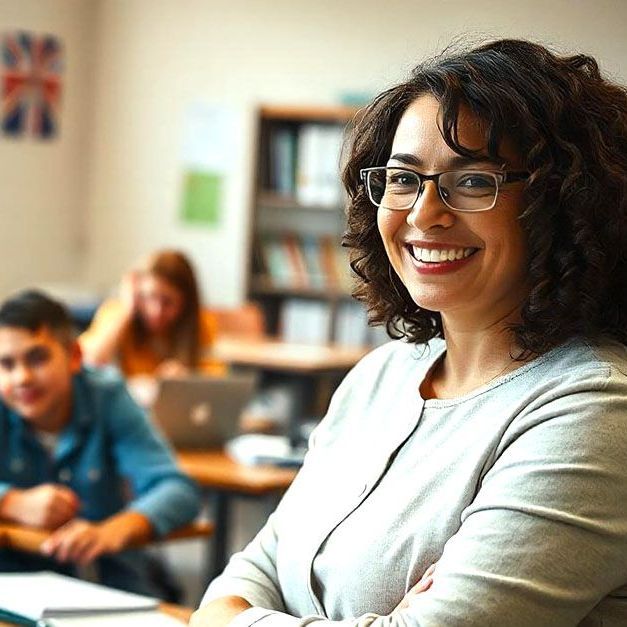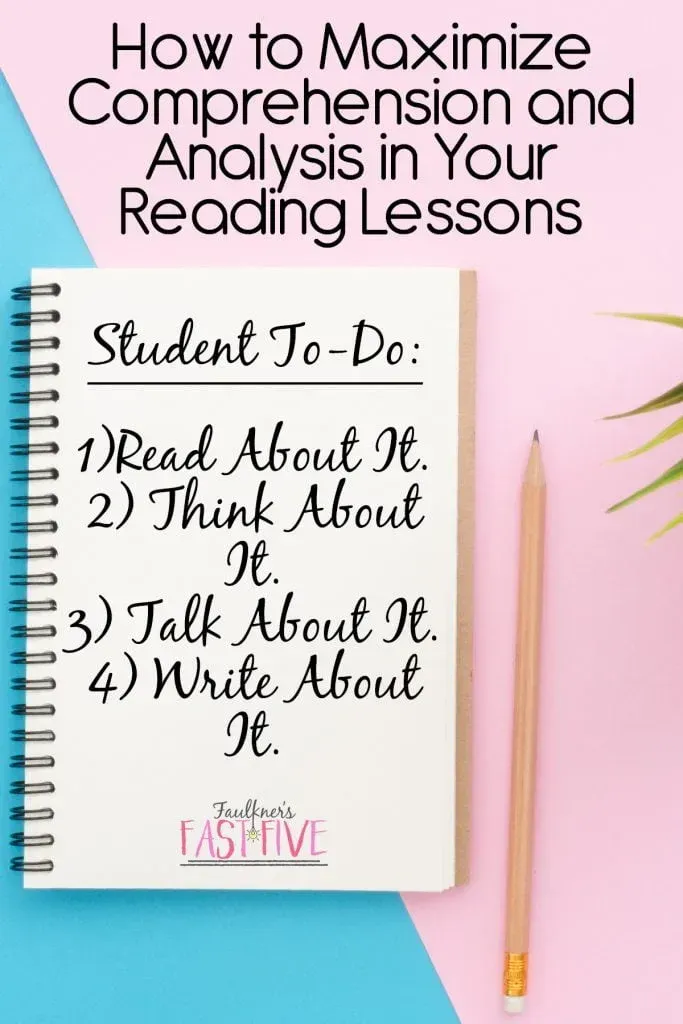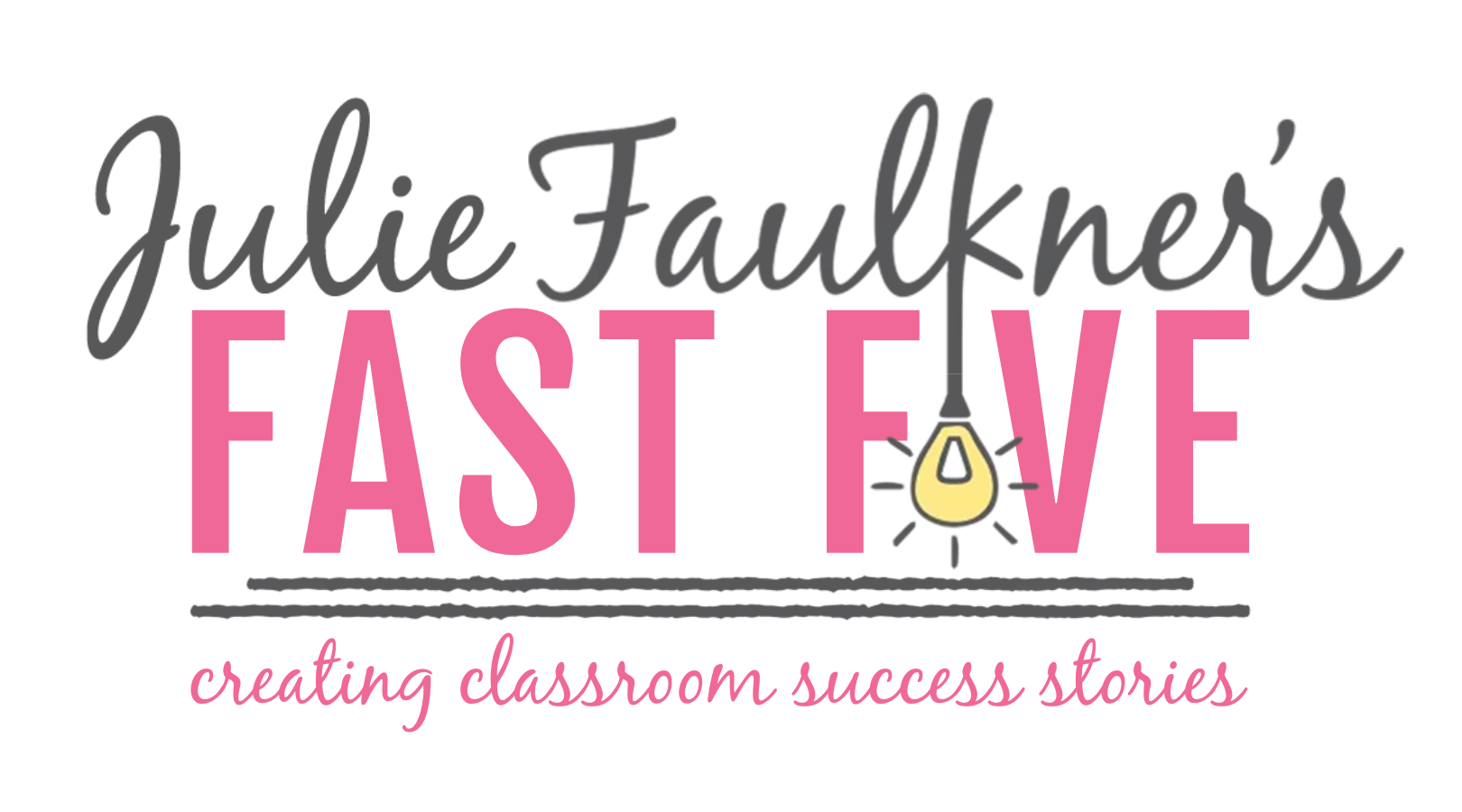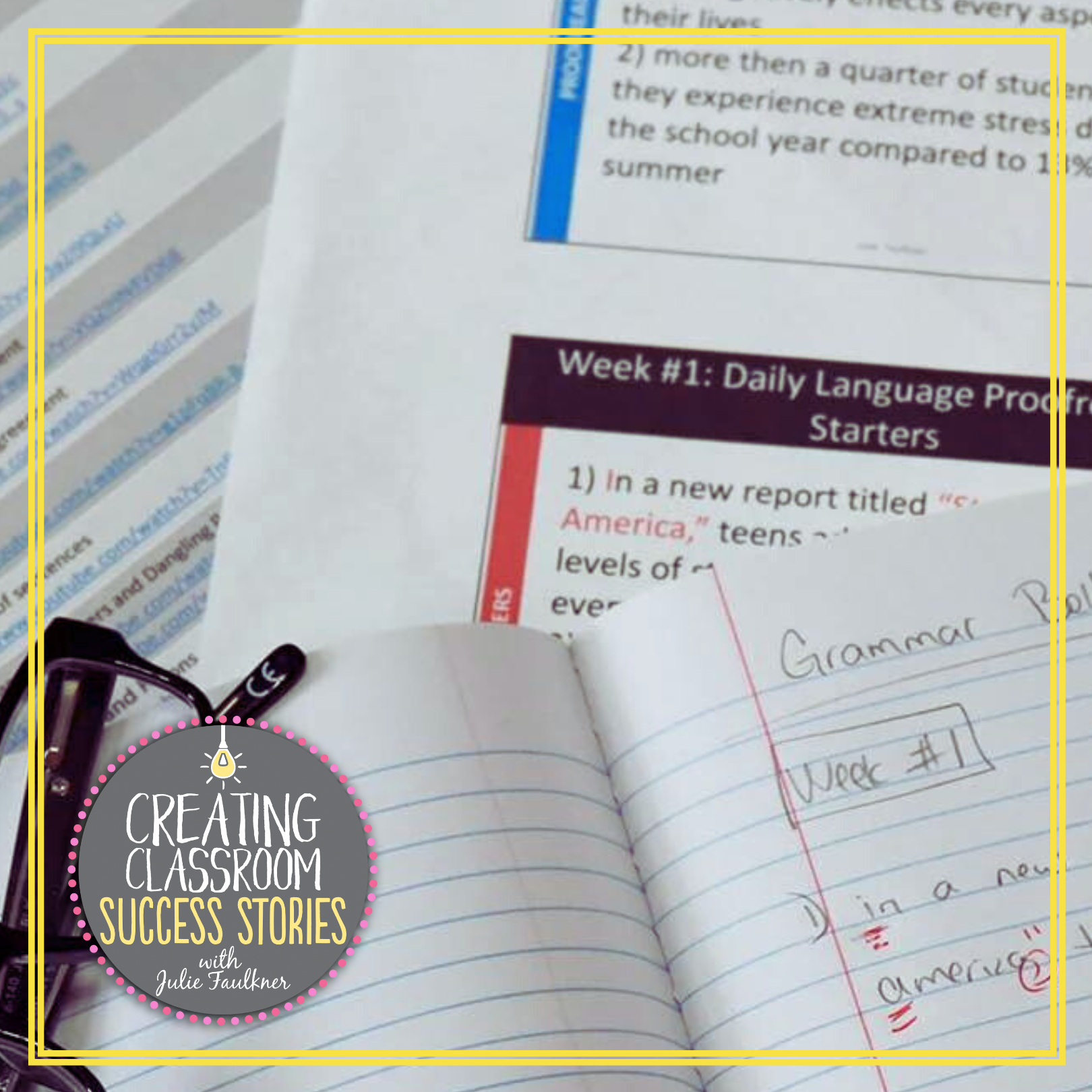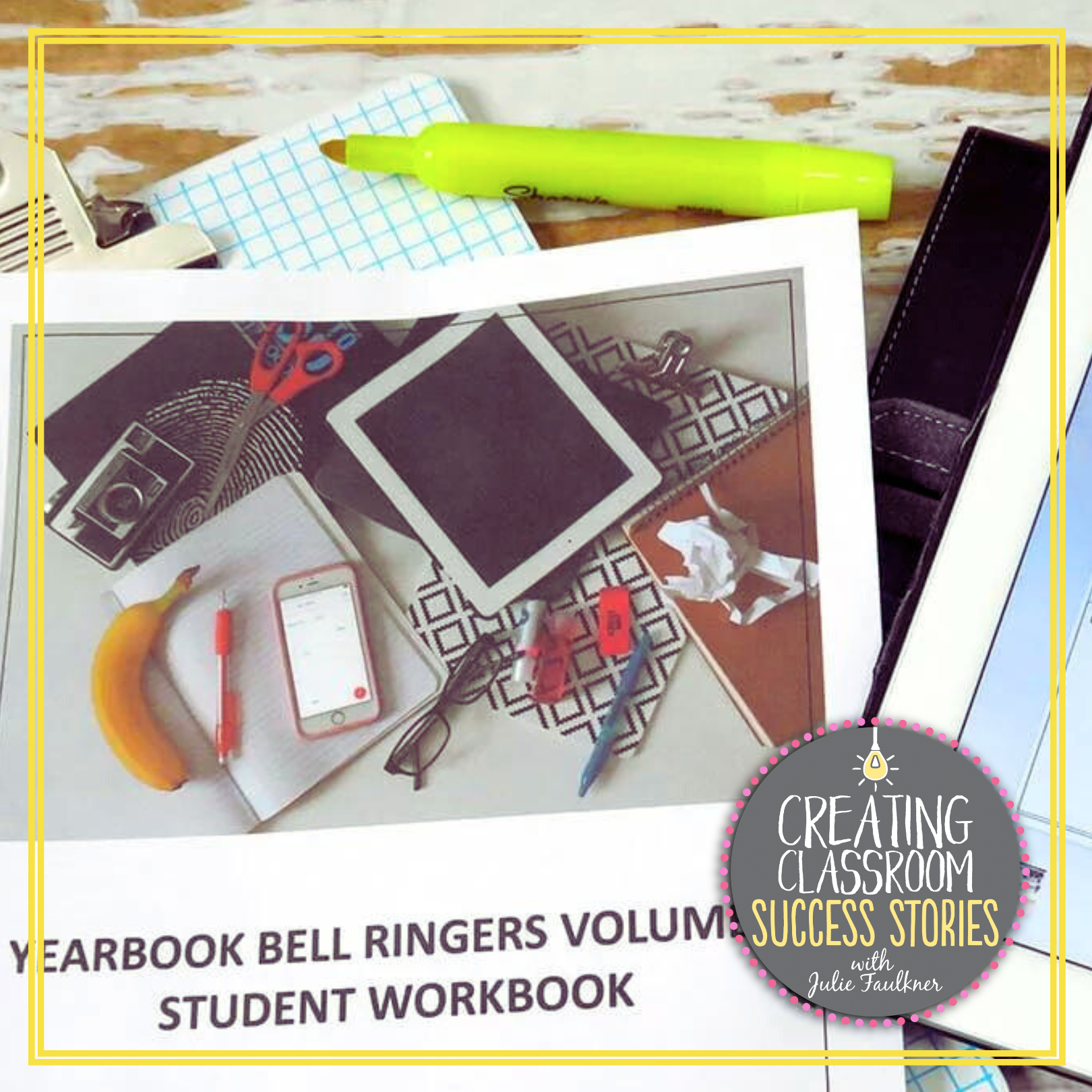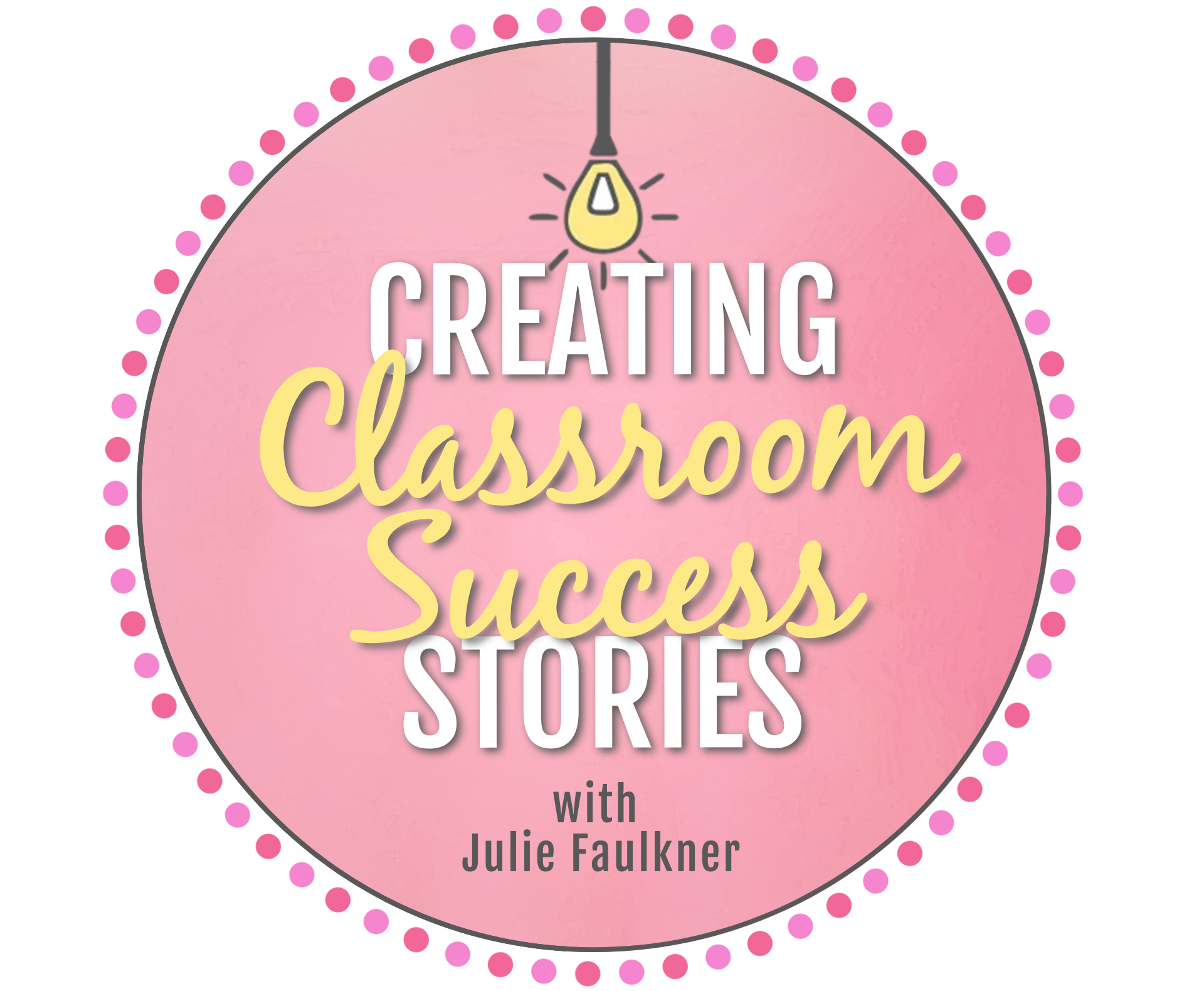What the COVID-19 Pandemic Did Not Change About My Classroom
The 2020-2021 school year was the year of the unexpected, the year of changes, the year of disappointments, the year of frustrations, and certainly the year of loss. It goes down in my book as the hardest year of my teaching career — that includes the first year I taught in middle school, the first year I was a lead in an inclusion classroom, the year I taught while building a house, the first year I was the new yearbook adviser, and the year I taught while having multiple surgeries for some serious medical issues. And let’s not forget that I actually contracted COVID-19 THE. FIRST. DAY. BACK of teacher in-service. However, I didn’t quit. I did survive, and I’m going back. That said, I am choosing to look at the positive — shall we say, “COVID Positive” — Bad pun. Anyway, despite all change that occurred this year — schedules, classrooms, assignments, students, and more, there were a few things that I’m thankful that the COVID-19 pandemic did not change about my classroom.
1. Flexibility
Plan A in teaching is always to be flexible; it’s basically the first thing you learn in pedagogy classes in college. This year, though, really put that to the test. In past years, being flexible might have meant needing to bring in a few more chairs at the beginning of the year when new students enrolled. It might have meant giving a few days extension on an essay because of snow. However, those examples of needing to be flexible were nothing compared to this year. Teaching in a pandemic looked more like planning lessons for half in-person learners and half distance-learners – multiple formats for materials and instruction. It looked like rolling deadlines, paper packets, Google conversions, video chats during planning, last-minute schedule changes, walking in to find your classroom closed for cleaning, sudden quarantines, and the list goes on and on. With every new challenge that the pandemic presented, I had to remind myself that I was thankful to be here for –and with– the kids. Without everyone’s willingness to bend and sway like a willow, there would have been moments when the entire tree would have snapped. The changes brought by COVID-19 might not all fade, either, and going forward, it will always be the year that taught how flexibility is a vital piece of the educational system as a whole.
2. Building Relationships
I realized very quickly the importance of seeing students’ faces. With masks on at the beginning of the year especially, it was so hard to get to know my students. That goes both ways, too. With my mask on, they couldn’t really see if I smiled or made a funny face (which I often do). It made it harder for me to learn their names quickly. Plus, at the beginning, I only saw them every other day. For some, I only saw a blank screen. Not being able to see their entire faces left me feeling confused and isolated. This taught me how much I depend on seeing their reactions when I teach — do they look confused, concerned, or checked out? I knew they must be feeling the same way about me, so I stood farther away from them than I normally do so I could take my mask off while delivering instruction. Nonetheless, even though it felt like it took longer to build classroom rapport and relationships, we got there. Before long, students were laughing and conversing with me, hanging out before or after class or school, and stopping by to say hello. According to a study conducted by West Point Academy for Teaching, “The rapport between instructor and student can be a significant factor in the overall learning and success of individual students. […] It can minimize anxiety, increase student participation, structure and encourage social interaction, foster a positive learning environment, and increase learning.” That “no smiling before Christmas” rule we tell new teachers just got the boot. Nothing can replace a warm expression on someone’s *full* face – no empty words, no cute classroom posters… nothing. I’m not a math teacher, but there is something to “face value” in teaching.
3. Differentiation
Whether I was the regular education lead in an inclusion classroom or not, differentiation has always been a top strategy in my classroom. We must meet students where they are and grow them. This growth occurs with carefully determined differentiation. Whether I am modifying reading assignments, offering choices, providing extended time, reading aloud, using rubrics, or consulting with students, differentiation is inherently part of the process. The COVID-19 pandemic did not change that about my classroom. If anything, it pushed me to evaluate that even more: I asked myself, ” What do students really need the most, and how can I do that for them in the most effective way?” There is no doubt that not all students were met this past year with best educational experience that they deserved, but by continuing the educational process as best as possible under the circumstances, students were given more than the pandemic tried to take away.
4. Collaboration
When you have to maintain 6-feet of distance or when some students are joining via a computer screen, it might seem like the perfect set of excuses to just cancel any kind of collaboration or group work at all. Confession: I just can’t function that way and neither can students. They are social creatures — and whether they’d like to admit it or not, that doesn’t mean social media, either. I like to use this process when teaching to maximize comprehension and analysis:
- Read About It.
- Think About It.
- Talk About It.
- Write About It.
Step #3 might have been easily thwarted in a COVID-19 classroom, but with certain safeguards in place, we successfully collaborated in my classroom this year. Sometimes I carried Chromebooks with online students to groups in class, so they could chat. Other times, we set up groups online and shared Google Docs for students to create together. There were online “escape rooms” or Kahoot competitions students logged onto to join in with the fun. We used digital task cards and participated in online gallery walks. (See tips for using digital task cards here.) It took a bit of extra work and planning, but allowing students the opportunity to hear from each other always enhances learning — and that’s a huge part of life. Through the quarantines, closures, and sheltering in place, we have more social isolation now than ever before, but that’s just not what humans really need. Dalai Lama the XIV said, “We human beings are social beings. We come into the world as the result of others’ actions. We survive here in dependence on others. Whether we like it or not, there is hardly a moment of our lives when we do not benefit from others’ activities. For this reason, it is hardly surprising that most of our happiness arises in the context of our relationships with others.” Thankfully, I wasn’t willing to skip Step #3 above, and that bit of stubbornness forced me to learn new ways to collaborate that I’ll be able to use going forward.
5. DELIVERING CRITICAL CONTENT
It would have been very easy to make excuses about cutting out material. Honestly, some things did have to go. But, more than that, what I realized was that I had to make the most of the time that I did have with my students. Therefore, I planned a skeleton outline of the most important parts of my curriculum: grammar, reading, writing, and research. Perhaps that doesn’t seem like a very short list! I admit, it was hard to reduce; I did, though. For example, instead of including three texts for a unit, I just chose one. Instead of requiring four sources for a project, I required one or two. Instead of teaching full-length writing lessons, I supplemented with videos students could watch at home, then we used our time together to conference individually. Even when I couldn’t meet with them personally, I provided personal writing instruction for them via Google Classroom. (Watch this video here of how I did it.) Video lessons also helped with grammar instruction, too. (See my Ten-Minute Grammar Post about how I use videos for covering grammar.) I closed my classroom library for a short time, but still read to students on First Chapter Friday and encouraged them to load free library apps their devices. (See also my tips for digital book clubs and free materials for a classroom library.) At the end of the day, the educational process needed to continue. Back in August, all we could hope was that in a short time “things would go back to normal.” Normal would be students taking standardized tests, graduating and going to college or the workforce, or selecting classes for their next year of school. In order to do all these things successfully, they needed the critical content that I and their other teachers were so desperately trying to provide through all the challenges.
This year brought many challenges to our classroom; we met those challenges with the vigor that educators do. The COVID-19 pandemic changed the scope of the educational system as a whole, but I’d be willing to bet that some of these things I mentioned above didn’t escape your classroom as a result either. The COVID-19 pandemic did make teaching difficult and often impossible, but it didn’t mar my outlook and calling to teach. I’m thankful for the things this year taught me and for the things that the COVID-19 pandemic did not change about my classroom.
Love this content?
Sign up for my email newsletter with more tips, ideas, success stories, and freebies!



